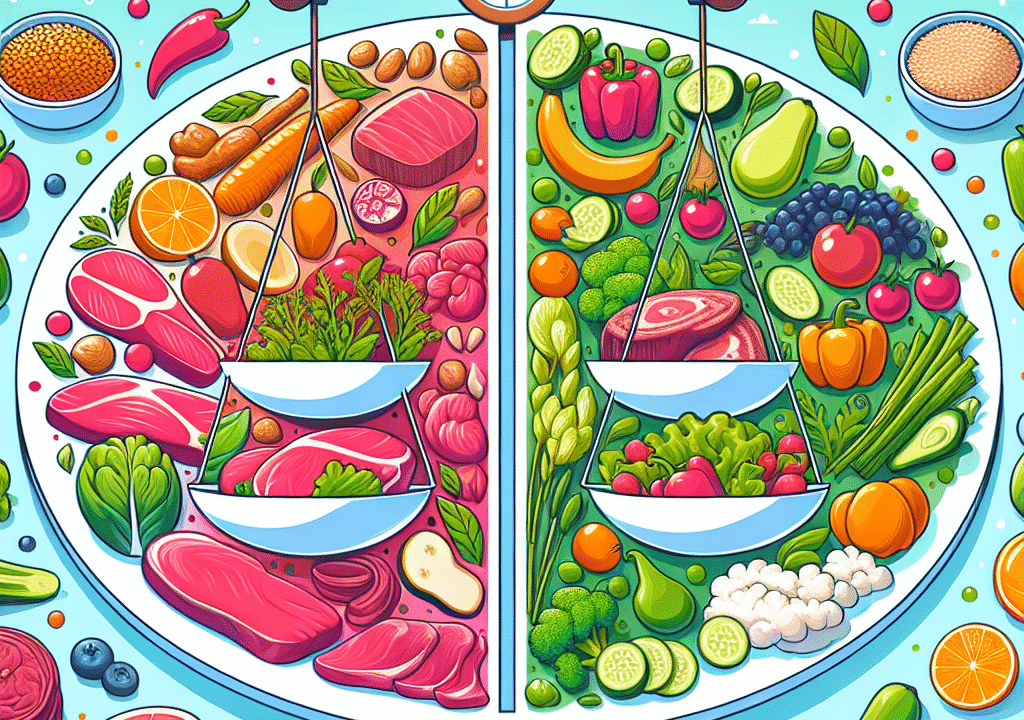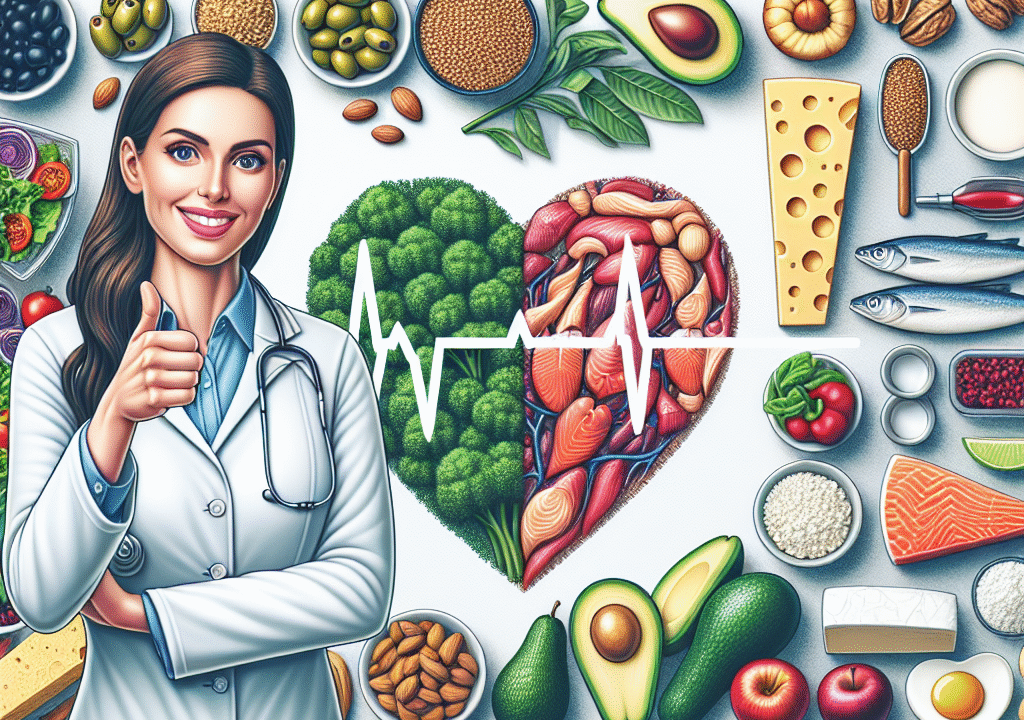
How Your Body Transforms After Quitting Meat
Adopting a vegetarian or plant-based lifestyle is more than a dietary shift—it’s a transformative journey for your body, the planet, and animal welfare. Whether driven by health, sustainability, or ethical concerns, understanding what happens physically after you cut out meat can help you stay motivated and avoid common pitfalls. This step-by-step guide provides valuable insight into the changes your body experiences and tips to support a healthy transition.
Week 1: Initial Adjustments and Shifts in Energy
During the first week of removing meat from your diet, your body begins to adapt to a new balance of macronutrients. Since meat is a dense source of calories, protein, and saturated fats, you might initially experience:
– Temporary fatigue or low energy levels
– Cravings for protein-rich or familiar meat-based meals
– Increased snacking due to reduced satiety
A 2021 study in the American Journal of Clinical Nutrition found that people switching to a vegetarian diet often consume 15 to 20 percent fewer calories if they don’t plan their meals carefully. This calorie gap may contribute to feelings of sluggishness if not corrected with plant-based protein alternatives.
According to Dr. Dana Ellis Hunnes, Clinical Dietitian at UCLA Medical Center and author of Recipe for Survival, “Plant-based diets require deliberate planning, especially in the beginning. Replacing meat with varied sources like lentils, quinoa, tofu, and edamame helps prevent energy dips.”
Tip: When meal planning, explore long-tail keyword searches like “best vegetarian protein for energy” or “high-protein non-meat foods” for ideas. Platforms like eDrugstore.com offer useful guidance and nutritional resources.
Week 2: Enhanced Digestion and Possible Bloating
In the second week, your diet naturally includes significantly more fiber due to increased consumption of legumes, grains, fruits, and vegetables. This high-fiber intake initiates beneficial changes in your digestive system but may come with some initial challenges, such as:
– More regular bowel movements
– Mild bloating or gas
– A generally lighter feeling after meals
According to USDA data, the average American consumes only about 15 grams of fiber daily, far below the recommended 25 to 30 grams. As your fiber intake increases dramatically, your digestive system takes time to adjust.
Tip: Increase fiber gradually and drink at least 8 cups of water daily to ease digestion. Choose cooked vegetables like lentils or steamed greens instead of raw fibrous options like kale, which can be harder to digest while your system adapts.
By the end of two weeks, many individuals report a feeling of being “lighter” and more energetic.
Weeks 3–4: Boost in Energy and Skin Clarity
Around the third and fourth weeks, your body begins adapting more completely to your new eating habits. The most noticeable benefits may include:
– Consistent daily energy levels
– Greater mental alertness
– Reduced acne or skin inflammation
Fruits, leafy greens, seeds, and legumes offer high levels of antioxidants and anti-inflammatory compounds. These nutrients combat oxidative stress, a major contributor to fatigue, dull skin, and breakouts.
Research published in Nutrients in 2020 showed that people following plant-based diets experienced a reduction in markers of inflammation like C-reactive protein.
Tip: Prioritize dishes rich in anti-inflammatory vegetarian foods. Examples include turmeric-spiced lentils with sweet potatoes and smoothies that combine spinach, walnuts, and berries. Don’t forget to include plant-based omega-3 sources like flaxseed and chia seeds.
1–2 Months: Positive Shifts in Blood Markers and Weight
After one to two months of consistent, meat-free eating, deeper physiological changes become evident. These may show up in bloodwork results and even on the scale.
You might observe:
– Decreased total cholesterol and LDL (bad cholesterol)
– Gradual and sustainable weight loss
– Stabilized or improved blood pressure
A publication in the Journal of the American Heart Association noted that vegetarian diets are associated with a 20 to 25 percent lower risk of developing cardiovascular disease. Lower saturated fat intake and higher fiber consumption are major contributing factors.
Tip: Monitor your progress through routine lab testing. Telehealth platforms like eDrugstore.com allow you to consult professionals and order cholesterol or nutrient panels. Search for terms like “cholesterol-friendly plant-based foods” or “heart-healthy vegetarian diet.”
3–6 Months: Reduced Inflammation and a Healthier Gut
Half a year into your meat-free journey, your diet likely includes a wide variety of whole plant foods—key to lowering chronic inflammation and improving gut health.
Common benefits around this time may include:
– Less joint stiffness or inflammation
– Fewer tension-related headaches
– Stronger immunity and fewer common illnesses
Studies link chronic inflammation with a range of diseases, including diabetes, heart disease, and joint issues. A diverse array of plant-foods—especially those rich in prebiotics such as garlic, artichokes, onions, and oats—can support a balanced and resilient gut microbiome.
Gastroenterologist Dr. Will Bulsiewicz, author of Fiber Fueled, states: “The more diverse your plant intake, the more diverse your microbiome, which protects against many chronic conditions.”
Tip: Challenge yourself to eat 30 different plant-based foods each week including various vegetables, fruits, grains, legumes, nuts, and seeds. This diversity helps create a thriving microbial ecosystem in your digestive system.
1 Year and Beyond: Long-Term Wellness and Disease Prevention
Reaching the one-year mark, your plant-based lifestyle becomes second nature, and you can begin to see cumulative health advantages.
Long-term changes may include:
– Up to a 62 percent lower risk of developing Type 2 diabetes (Harvard T.H. Chan School of Public Health)
– Lower incidence of cardiovascular disease and stroke
– Improved quality of life and potential increase in life expectancy
Research into Blue Zones—areas where people live the longest—repeatedly shows that diets rich in whole, minimally processed plant foods contribute significantly to reduced chronic illness and extended lifespan.
Tip: Keep an eye on essential nutrients like vitamin B12, iron, omega-3 fatty acids, and vitamin D. Supplements may be necessary, especially if you’re not including fortified foods. Online services like eDrugstore.com offer expert consultations and help track nutrient levels.
Final Thoughts: Make the Transition Mindful and Balanced
Choosing a plant-based lifestyle isn’t just about what you exclude—it’s about mindfully including a diverse, nutrient-rich selection of whole foods. Although every individual’s experience may vary, the growing body of evidence supports the idea that eliminating meat can benefit digestion, cardiovascular health, immune function, and overall well-being.
To get the most from your journey:
– Stay informed about your personal nutrient needs
– Include a colorful, diverse range of whole food ingredients
– Re-evaluate your meals regularly and listen to your body’s cues
Your plant-based transformation is personal—and powerful. With mindfulness and deliberate planning, this lifestyle can deliver sustained energy, lasting health benefits, and a renewed connection with food.
Have you recently switched to a plant-based diet? Share your experience and the benefits you’ve noticed in the comments below.
References
– American Journal of Clinical Nutrition. “Dietary Changes During the Transition to Plant-Based Eating.” 2021.
– Journal of the American Heart Association. “Plant-Based Diet Impact on Cardiovascular Health.” 2020.
– Nutrients Journal. “Anti-Inflammatory Effects of Plant-Based Diets.” 2020.
– Harvard T.H. Chan School of Public Health. “Vegetarian Diets and Health Outcomes.” 2016.
– Blue Zones Project. “Centenarian Diets and Lifestyle Behaviors.” 2024.
– Dr. Dana Ellis Hunnes, Recipe for Survival, 2022.
– Dr. Will Bulsiewicz, Fiber Fueled, 2020.
For more personalized health support and resources, visit eDrugstore.com.


